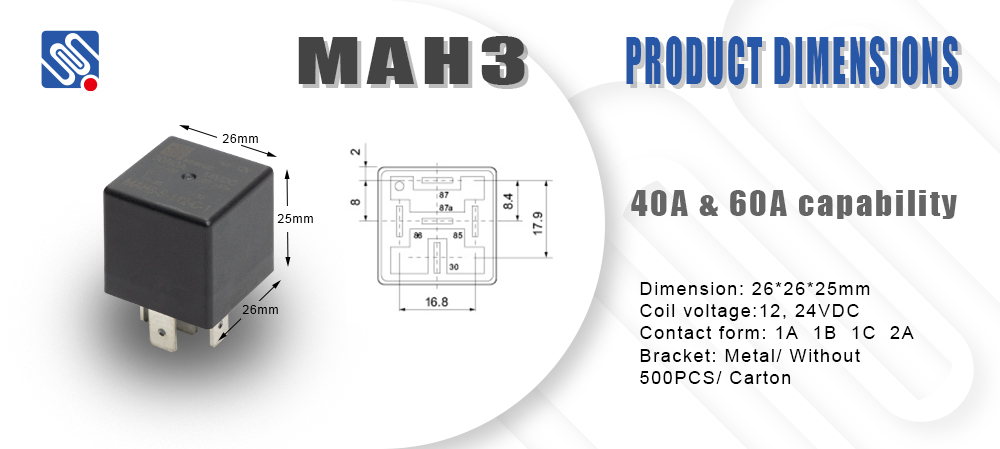Relays are vital components in electrical circuits, serving as automatic switches to control high current loads with a low current signal. They are used in a variety of applications, from automotive systems to industrial machinery. However, like any other electrical component, relays can experience issues that hinder their performance. Understanding how to troubleshoot relay problems is essential for maintaining reliable systems. In this article, we will explore the most common relay failures and offer practical steps for effective troubleshooting.

1. Understanding the Basics of a Relay Before diving into troubleshooting, it’s important to understand how a relay works. A relay consists of two main parts: the coil and the contacts. The coil, when energized, creates a magnetic field that pulls the contacts together, allowing the relay to close the circuit. When the coil is de-energized, the contacts return to their original position, opening the circuit. Relays can have different types of contacts, such as normally open (NO) or normally closed (NC), depending on the application. 2. Common Relay Problems Several issues can occur with relays, ranging from electrical to mechanical failures. Below are some of the most common relay problems: